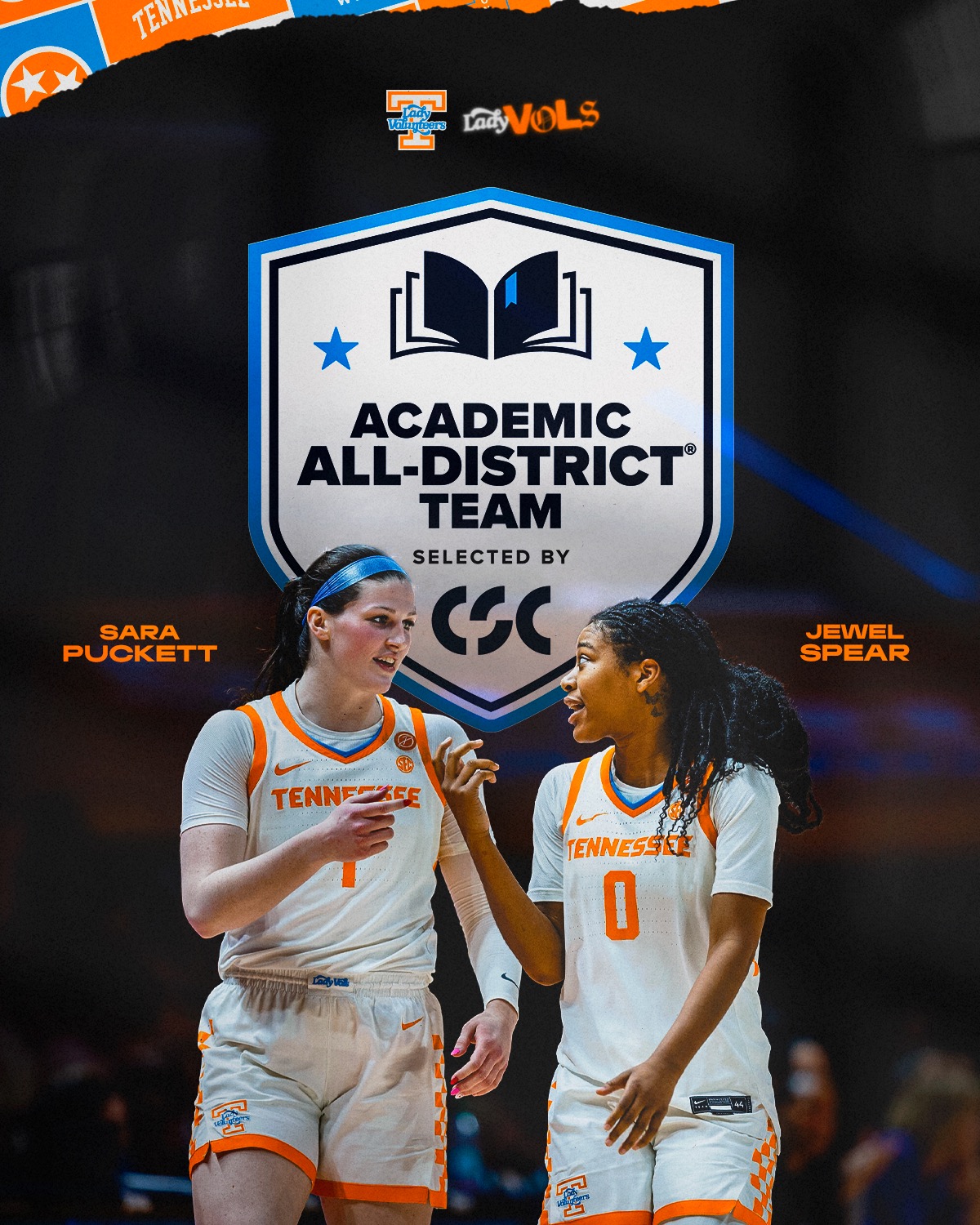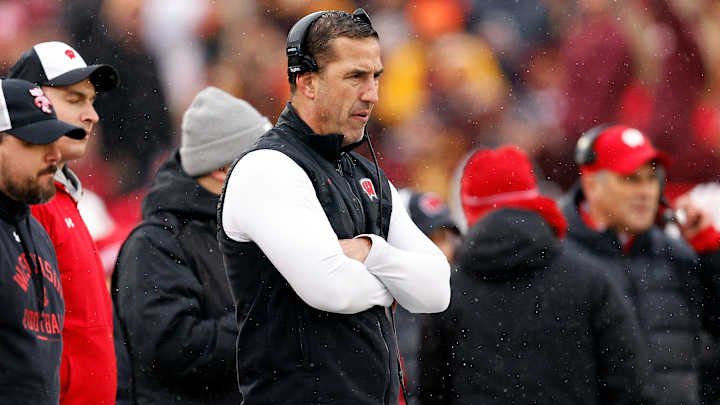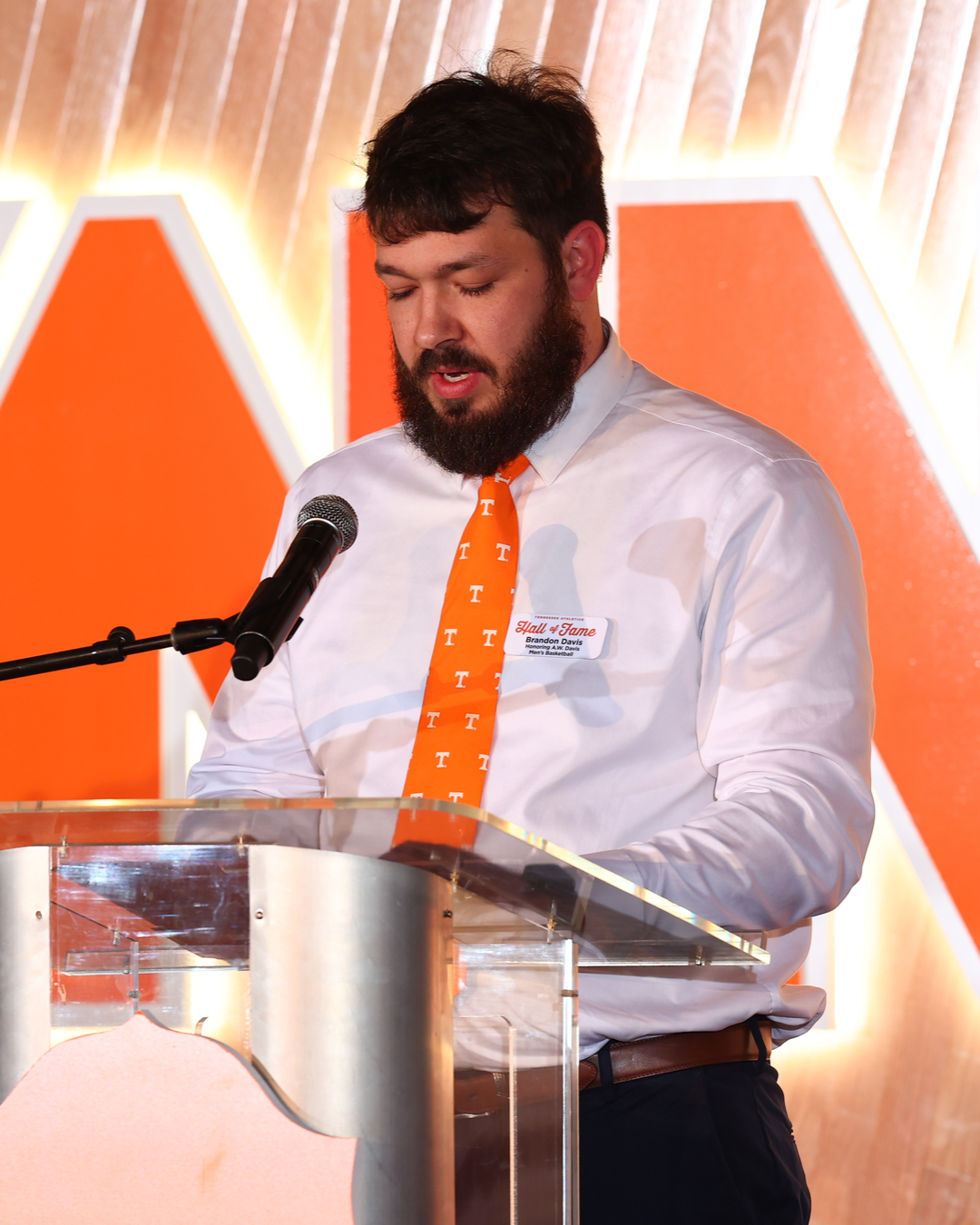Holly McLean vs. the NCAA: How a Roster Cut Turned Into a Battle That Could Change College Sports
When Holly McLean left the Cayman Islands to pursue her golf dreams at the University of Oklahoma, she imagined years of competition, growth, and the possibility of turning pro. For a time, that vision was on track. McLean, a determined and technically skilled golfer, became a steady presence in the Sooners’ lineup during the 2023–24 season, notching competitive rounds and showing the promise of a player on the rise.
But by the end of September, everything changed. In a decision McLean describes as abrupt and devastating, Oklahoma’s women’s golf program informed her that she would not be retained for the upcoming season. The reason? A combination of roster limitations and budgetary pressures—fallout, in part, from the financial reshuffling tied to the NCAA’s new name, image, and likeness (NIL) settlement.
It wasn’t just the loss of her place on the team—it was the timing. Just two months earlier, she had competed for the Sooners as an individual in the Schooner Fall Classic. That appearance, she would later discover, would complicate her efforts to keep her collegiate career alive elsewhere.
The Search for a New Beginning
Determined not to let her golf journey end in Norman, McLean began looking for a new program where she could continue both her athletic and academic pursuits. She soon found an opportunity at the University of South Florida (USF), a school eager to add her talent and experience to their roster.
On paper, the move looked promising. She could step in, contribute immediately, and keep building toward her professional goals. But NCAA bureaucracy, McLean says, was about to turn her fresh start into another roadblock.
The Eligibility Snag
When USF submitted a waiver request to the NCAA to allow McLean to compete right away, they were confident her circumstances—being unexpectedly cut for reasons beyond her control—would make her a strong candidate for immediate eligibility.
The NCAA saw things differently. They denied the request, pointing to a regulation known as the “Competition in the Year of Transfer” rule. Under this policy, if an athlete competes for one school during the academic year in which they transfer, they are automatically required to sit out the rest of that competitive season.
In McLean’s case, her participation in OU’s Schooner Fall Classic in September meant she had “competed” in the same academic year she transferred—triggering the rule and effectively ending her chances of playing in the spring 2025 season.
The Lawsuit
For McLean, the ruling wasn’t just a disappointment—it felt like an injustice. She maintains that she was never told competing in the fall tournament would have any impact on her eligibility should her situation change. Nor, she says, was she given any warning when she was cut that a mid-year transfer could sideline her for months.
So, she decided to fight back. McLean has now filed a lawsuit against the NCAA, arguing that the decision to block her from competing is both unfair and harmful—not only to her athletic career but also to her academic standing, NIL potential, and professional aspirations.
Her legal team is pressing the point that the rule was applied without consideration for the unique nature of her situation. She didn’t leave Oklahoma voluntarily to chase a better opportunity; she was forced out by a roster decision driven by institutional and financial factors.
What’s at Stake
While McLean’s case is deeply personal, the issues it raises extend far beyond one golfer’s fight to compete. In recent years, the NCAA has faced growing criticism for its transfer rules, which many athletes and advocates say are outdated and unevenly enforced.
For athletes in high-profile sports like football or basketball, transfer portal activity has become a high-stakes game, with many granted immediate eligibility as part of the NCAA’s evolving approach to player movement. But in non-revenue sports—such as women’s golf—the rules often remain rigid, with little flexibility for extraordinary circumstances.
The McLean case also intersects with the NIL era’s unintended consequences. As schools adjust budgets and roster sizes to navigate the financial demands of supporting athletes’ NIL rights, some programs—especially in non-revenue sports—are making painful cuts. Those cuts can leave athletes scrambling for new opportunities, often under rules not designed to accommodate such rapid changes.
Potential Precedent
If McLean wins her case, it could set an important precedent for future NCAA decisions. A favorable ruling might open the door for exceptions to the “Competition in the Year of Transfer” rule in cases where athletes are removed from rosters for reasons beyond their control.
Such a shift could give athletes greater freedom to pursue opportunities elsewhere without being penalized for circumstances they didn’t create. It could also force the NCAA to revisit its transfer policies across all sports, not just those that draw the most media attention and revenue.
The Human Side of the Story
Beyond the legal arguments and policy implications, McLean’s journey is also a human story about resilience and the pursuit of a dream. She had to navigate the emotional toll of being told she no longer had a place on her team, the uncertainty of finding a new school mid-year, and the frustration of being told she must now sit out an entire season.
Her supporters—teammates, coaches, and family—say her case highlights the emotional and psychological strain athletes face when the rules work against them. For McLean, this season was supposed to be another step toward her ultimate goal: turning professional and representing her home country on the biggest stages in golf. Now, that timeline has been thrown into question.
The Bigger Conversation
McLean’s legal battle comes at a time when the NCAA is under increasing pressure to modernize. The push for athlete rights—whether through NIL deals, improved health protections, or fairer transfer policies—is reshaping the college sports landscape.
But as these reforms roll out, equity has become a central concern. Are the benefits of change reaching all athletes equally, or are certain groups—like women in non-revenue sports—still being left behind? McLean’s story, in many ways, is a test case for that question.
Looking Ahead
For now, McLean is training and staying ready, even as the legal process unfolds. Whether she’s allowed to compete for USF in the coming months will likely depend on how quickly the case moves—and whether the NCAA chooses to reconsider its position under public and legal scrutiny.
One thing is certain: her fight has already drawn attention far beyond the golf community. To some, she’s become a symbol of the uphill battles athletes face in navigating the NCAA’s rules. To others, she represents hope that one person’s determination can lead to lasting change.
Closing Thought
Holly McLean’s path from a promising season at Oklahoma to a courtroom fight against the NCAA was anything but expected. Yet, in this era of college sports upheaval, her case might be exactly the kind of challenge that forces institutions to confront the gap between their rules and athletes’ realities.
If she succeeds, it won’t just be a win for one golfer—it could be a victory for every athlete whose dreams are caught in the crossfire of shifting policies and financial pressures.
Until then, the question hangs in the air: Will the NCAA bend the rules for fairness, or will Holly McLean have to wait on the sidelines while her future hangs in the balance?



